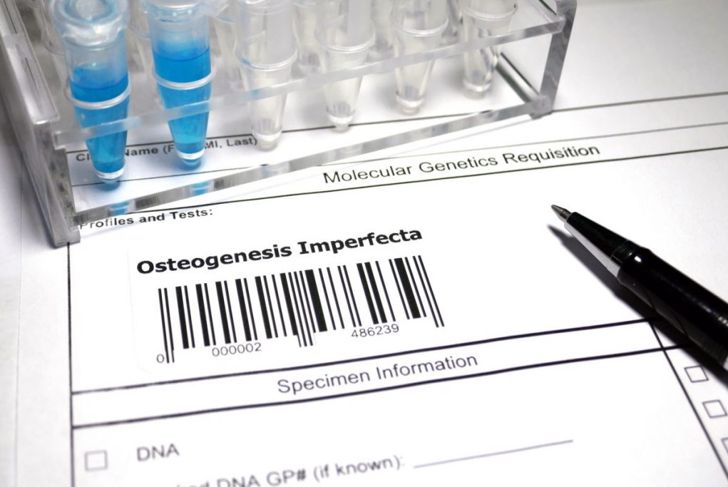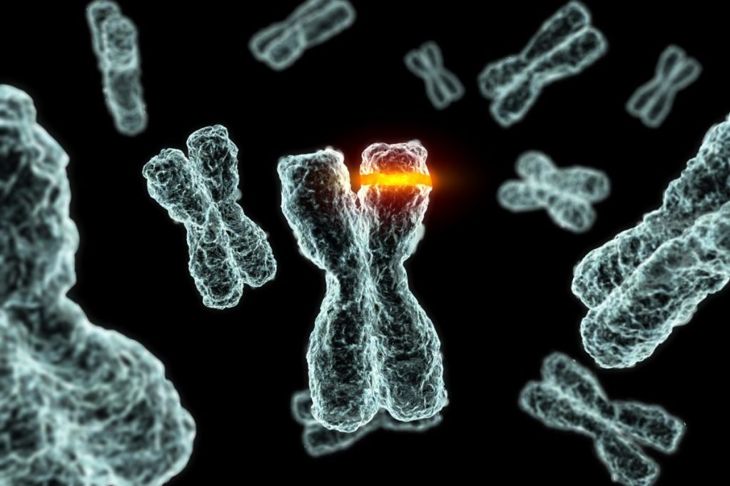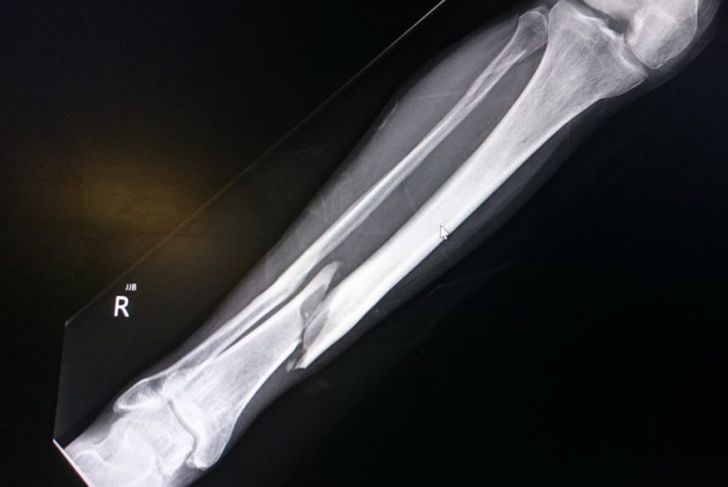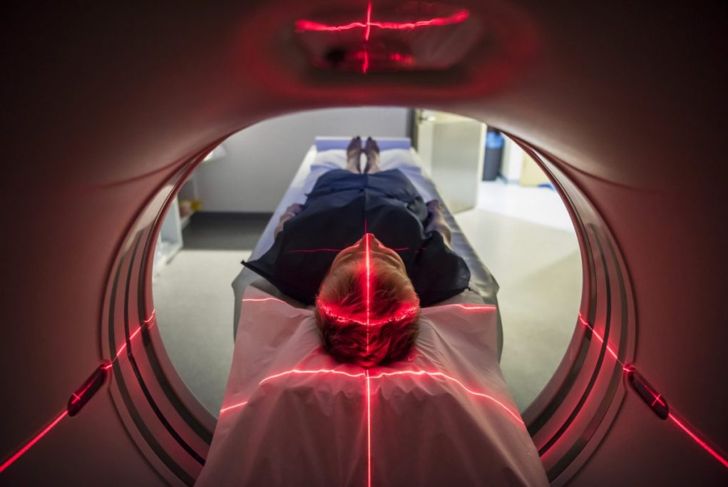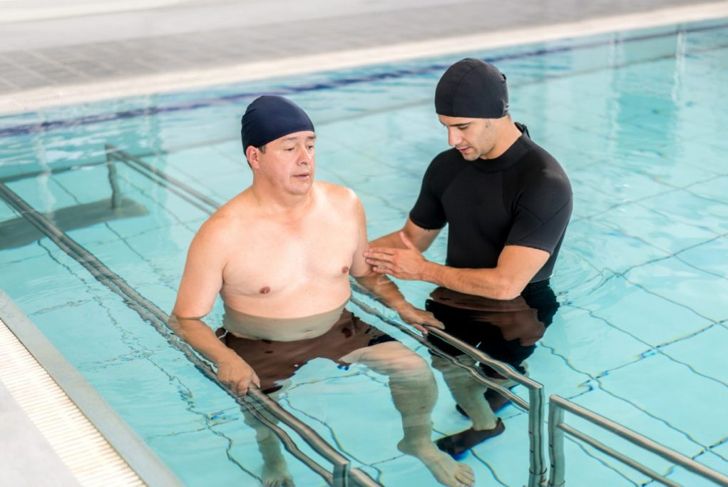Osteogenesis imperfecta or brittle bone disease is a condition caused by ineffective or a lack of collagen in the bones. Collagen helps make strong bones; without it, the bones become weak and easily broken. According to the National Institutes of Health, OI affects approximately 50,000 people in the United States. Current testing methods can diagnose OI in 90% of affected people, but there are no medications currently approved to treat osteogenesis imperfecta.
What is Osteogenesis Imperfecta?
Osteogenesis imperfecta is an umbrella term for genetic conditions that adversely affect the bones and means “imperfect bone formation.” There are eight types of OI. The most common and least severe is type I. Type II is the most severe, and frequently causes death at or shortly after birth. Types III, VII, and VIII are more severe, and IV, V, and VI tend to be more moderate.
Who Does OI Affect?
Osteogenesis imperfecta affects people of all ages. Most diagnoses of moderate to severe OI happen during a prenatal ultrasound. However, if neither parent carries the OI gene mutation, doctors may not be able to diagnosis symptoms until they or the parents notice them in an infant or child. Parents may only carry the recessive mutated genes and have no symptoms; this accounts for about 10% of people with OI.
Where Does OI Come From?
Osteogenesis imperfecta is a genetic mutation causing weak bones. Most people with OI have inherited a single copy of the gene through the dominant pattern of inheritance. There is also a chance of inheriting the gene as a recessive mutation where both parents are carriers, but neither parent is typically affected.
Why is OI Dangerous?
Brittle bone disease has varying levels of severity, and with that, varying levels of harm. Mild cases of OI may only result in a few broken bones over a lifetime. In the most severe cases, which are rare, broken bones may happen before birth and cause underdeveloped lungs, resulting in life-threatening respiratory problems. Most people who have OI suffer from fractures during childhood and adolescence, and may develop hearing loss later in adulthood.
When is OI Diagnosed?
Osteogenesis imperfecta is typically diagnosed by the time a child is six years old. Prenatal diagnosis is possible, or parents may begin noticing symptoms in babies as young as one month old. Physical exams, family medical history, blood tests, x-rays, and bone density tests determine if someone has osteogenesis imperfecta. In rare cases, doctors must perform a bone biopsy.
When was OI Discovered?
There have been several names for this group of genetic disorders, but the term “osteogenesis imperfecta” dates back to at least 1895. Other historic names include Ekman-Lobstein syndrome and glass-bone disease. The earliest known studies began in 1788. Ivar the Boneless, a Norse king, may have had OI, and archaeologists discovered the condition in an Egyptian mummy dating back to 1000 BC.
Common Treatments of Osteogenesis Imperfecta
Currently, there is no known cure for osteogenesis imperfecta. Treatments focus on the prevention of symptoms, strengthening muscles and bones, and maintaining mobility. Hydrotherapy is a common and beneficial, as there is a much lower chance of fracturing a bone while doing physical therapy exercises in water. Rodding is a surgical procedure that requires the insertion of metal rods into long bones. Plastic braces, dental procedures, and additional surgeries can correct malformations.
Prognosis of OI
In the most severe cases, OI is life-threatening, causing respiratory failure and accidental trauma. However, by maintaining a healthy weight, consistently exercising to keep muscles strong, avoiding activities that cause depletion of bone mass, and eating a healthful diet, most adults and children with mild to moderate types of osteogenesis imperfecta go on to lead healthy lives.
OI Research
The National Institutes of Health Clinical Center has been conducting clinical trials on various new treatment strategies for osteogenesis imperfecta. These treatments include new drugs, growth hormone treatments, and cell or bone marrow transplants. Several pharmaceuticals are in the later stages of testing, and research is continuing. Scientists are also researching the efficacy of treatments on dominant versus recessive gene OI.
Support for OI
People with osteogenesis imperfecta and their families can suffer from mental and emotional trauma as a result of this diagnosis. Support groups, individual counseling, and active participation in organizations focused on living with and treating OI can help. Online groups, podcasts, and books offer additional support for people with this condition.

 Home
Home Health
Health Diet & Nutrition
Diet & Nutrition Living Well
Living Well More
More
